China’s first crewed spacecraft has reached the new Tiangong space station after blasting off from the Gobi desert on a clear sunny Thursday morning. A Long March-2F rocket launched the three astronauts in the Shenzhou-12 spacecraft. Recently it has been shown in a new vlog released on Chinese social media. The clip shows the crew sleeping, waking up, brushing their teeth, and shaving while floating in relatively cramped quarters. A trailer of just how far China’s space program has come.
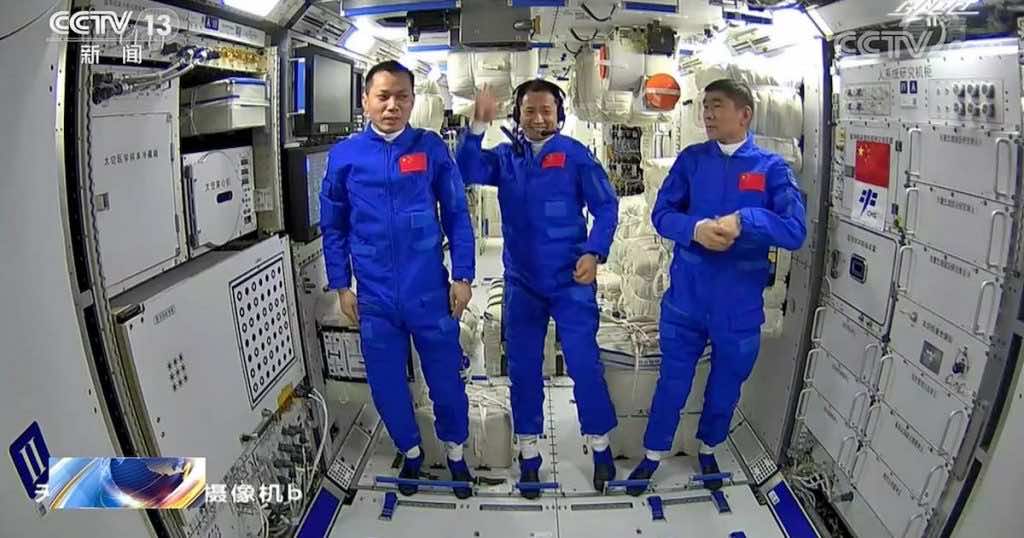
The building of Tiangong or the “Heavenly Palace” space station began in April with the launch of its first module, Tianhe. The crew will live on the cylinder-shaped module measuring 16.6 meters by 4.2 meters while carrying out further construction work.
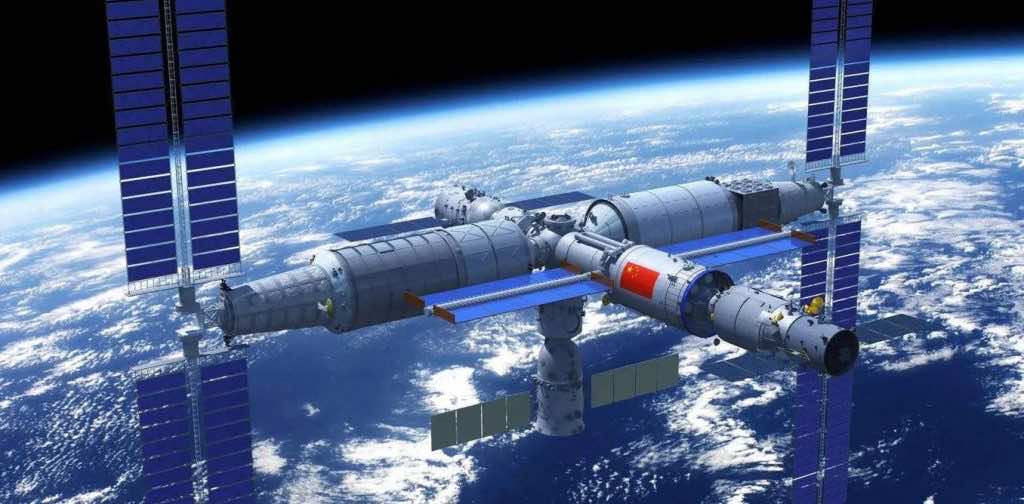
The astronauts, Nie Haisheng, 56, Liu Boming 54, and Tang Hongbo, 45, began their journey for the country’s space program. China’s first human mission to space since 2016 and the longest ever scheduled, with the team expected to be on Tiangong for three whole months.
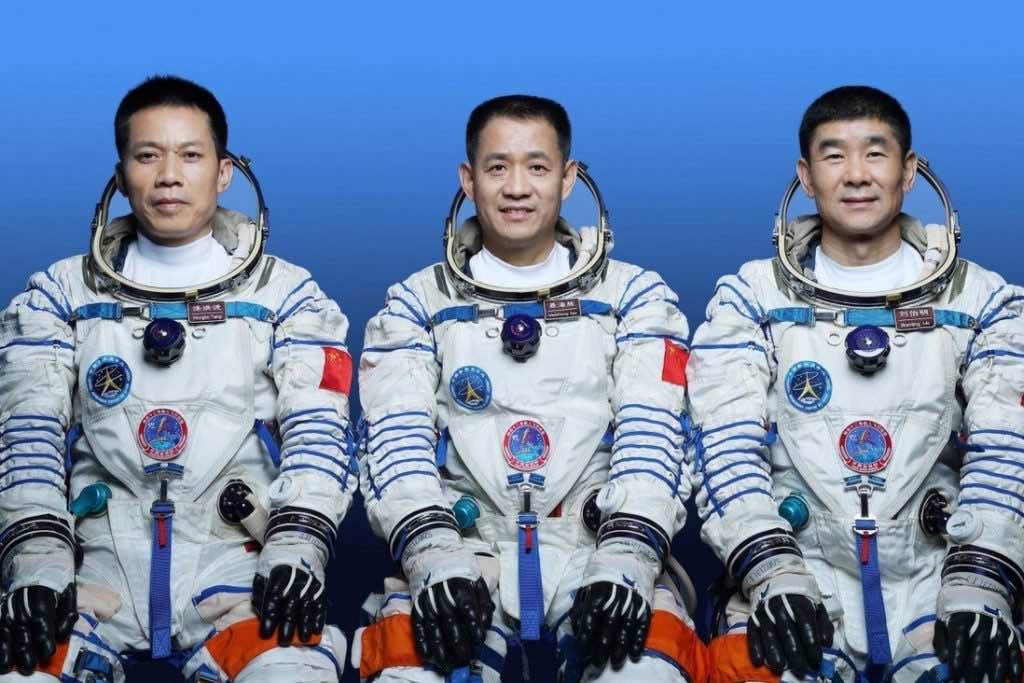
The station remains under construction, so the astronauts’ main tasks will be to continue building it, installing equipment like cameras, and testing various functions. They are scheduled to conduct two spacewalks as part of that attempt.
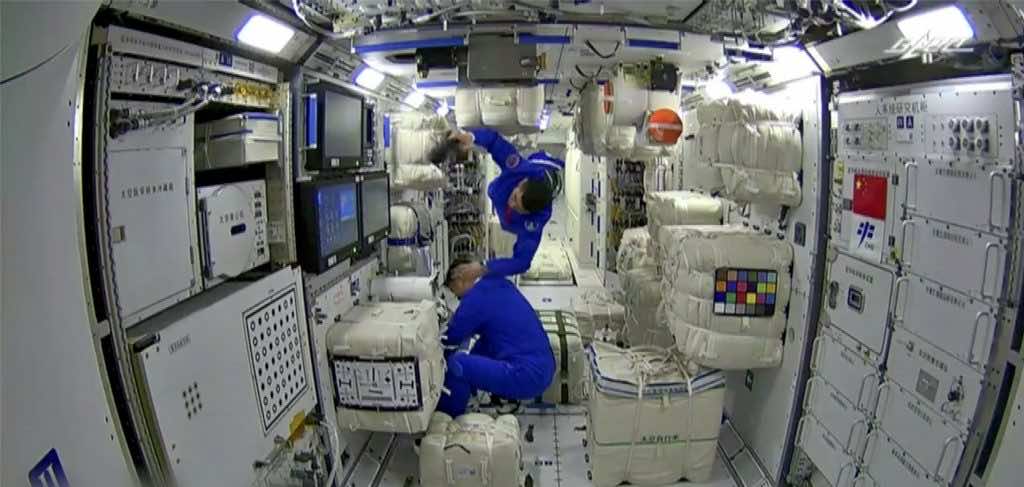
The Tianhe module of the space station has separate living spaces for each astronaut, a space treadmill and bike for exercise, and a communication center for emails and video calls with ground control.
Chinese president Xi Jinping spoke with the three astronauts, the Associated Press reports, congratulating them on their trip.
“We in Beijing await your triumphant return,” Xi said.
“We are all very happy to see you are in good shape and the work is going well,” Xi said, as quoted by the AP. “The building of the space station is an important milestone in China’s space industry, and it will make a pioneering contribution to the peaceful use of the space by mankind.”
The Chinese space agency is planning a total of 11 launches at the end of next year, including three more staffed missions that will deliver two lab modules to expand the 70-tonne station, along with supplies and crew members.
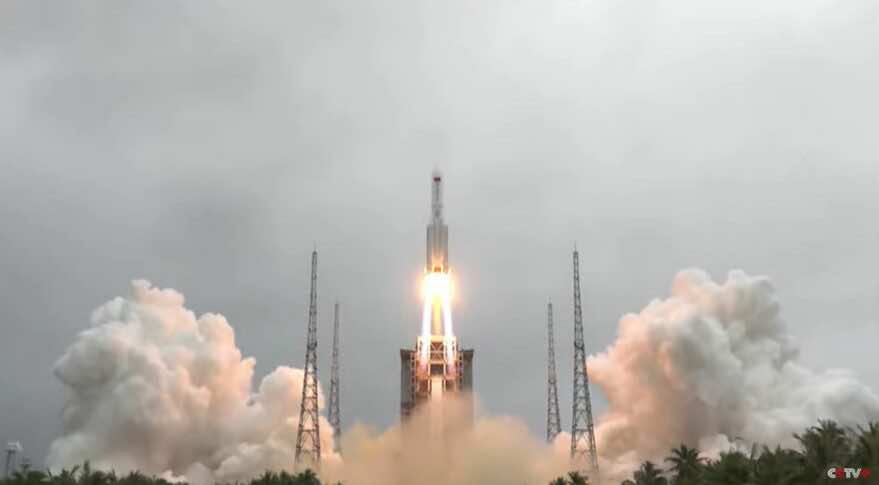
Although contact between the Chinese space program and NASA is restricted by U.S. law, NASA Administrator Bill Nelson issued a statement Thursday expressing, “Congratulations to China on the successful launch of the crew to their space station! I look forward to the scientific discoveries to come.”
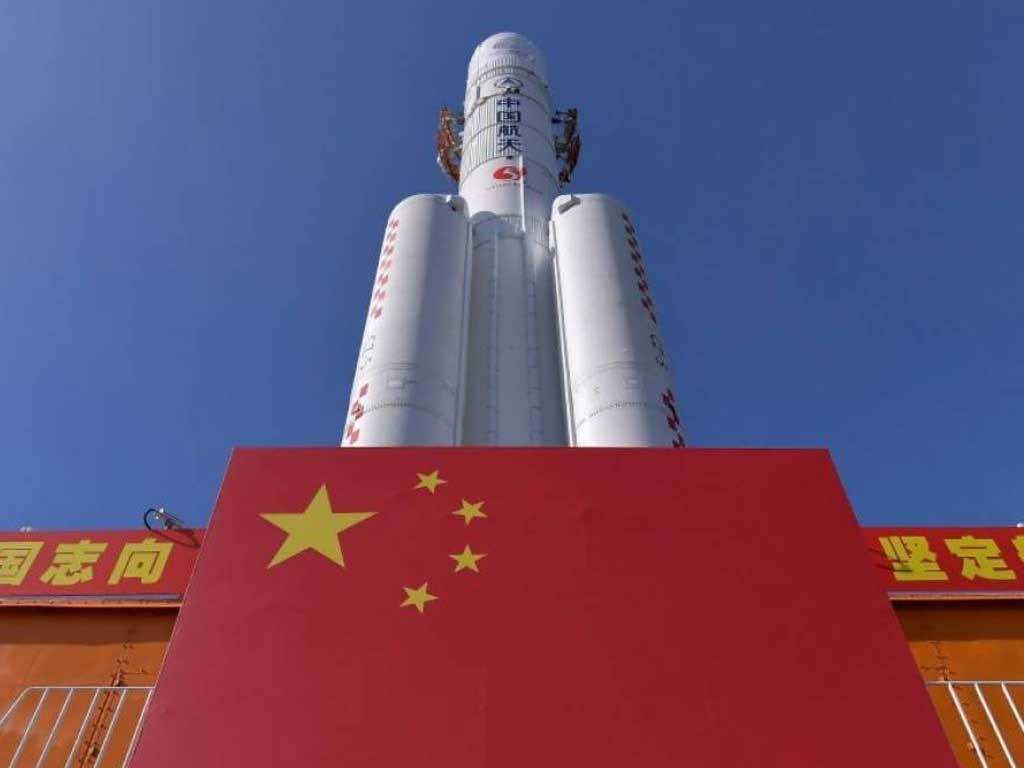
Well, I guess China is moving towards a new direction in human space missions, and the next few months will be critical to check everything’s in place and working.


